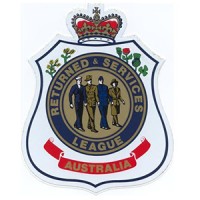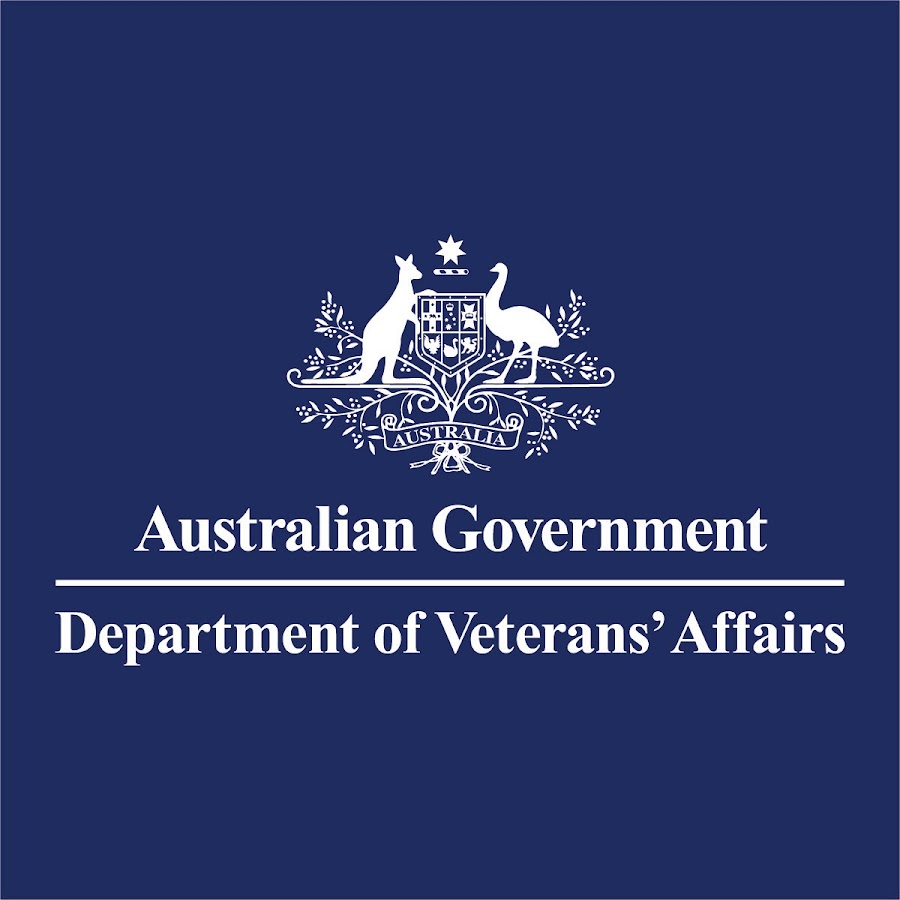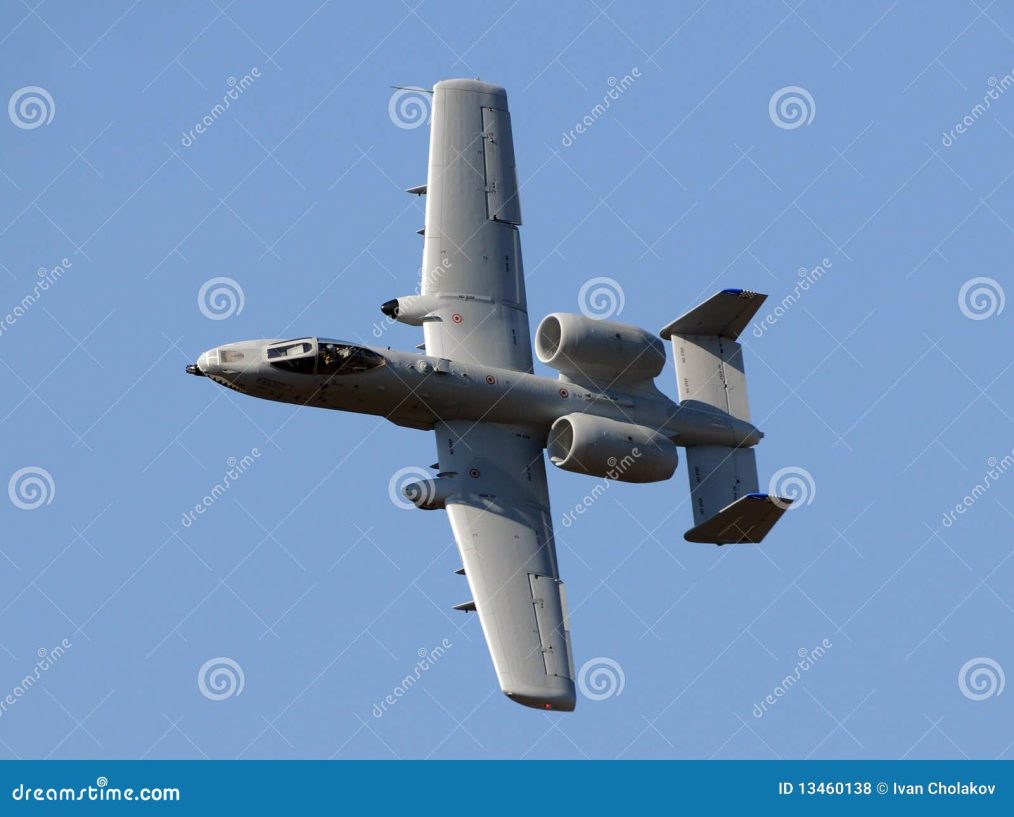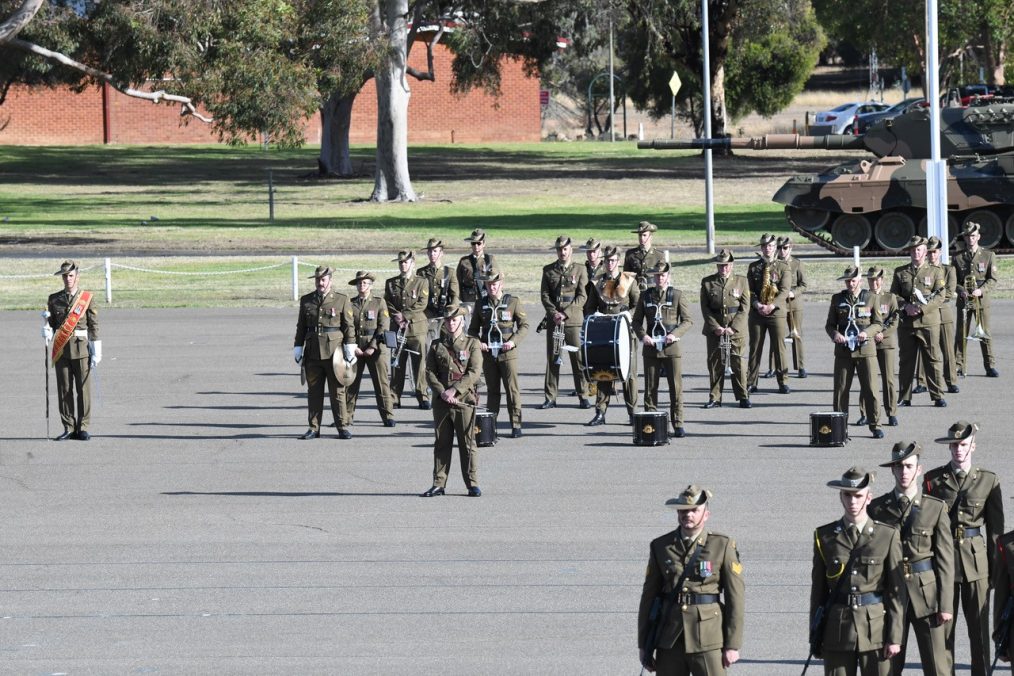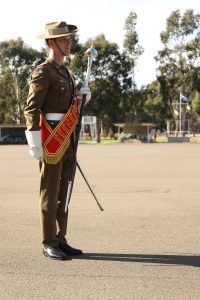CLICK LINK to read RSL National President’s Newsletter
Maj. Gen. Phillip Stewart, a two-star general in the US Air Force, pleaded guilty to two lesser charges as his court-martial for sexual assault commenced on Monday in Texas. Stewart, the former commander of the 19th Air Force at Joint Base San Antonio, admitted to pursuing an unprofessional relationship with a subordinate and committing adultery. However, he still faces charges of sexual assault, dereliction of duty, and conduct unbecoming an officer.
The court-martial process encountered initial difficulties. Jury selection, initially slated for June 17, was delayed due to administrative issues. The selection process for a panel of eight high-ranking officers extended into the weekend, highlighting the challenge of assembling a qualified jury from the limited pool of high-ranking officers in the Air Force. Initially, 13 generals were considered, but it took calling in 18 officers and dismissing 10 to finally seat the panel by Saturday.
Sherilyn Bunn, Stewart’s senior defence counsel, expressed frustration over the delays, criticizing the Air Education and Training Command for inadequate preparation. “It’s shameful how their lack of foresight and effective planning wasted nearly the entire first week of these proceedings,” Bunn stated.
Maj. Gen. Stewart was removed from his command in May 2023. Charges against him include committing a sexual act without consent near Altus Air Force Base in Oklahoma and asking someone to spend the night in his hotel room in Colorado in March 2023. Additionally, he faces charges of dereliction of duty for pursuing a relationship with a subordinate and allegedly controlling an aircraft within 12 hours of consuming alcohol.
This case is significant as it marks the first time an Air Force general officer has faced a jury in a court-martial related to sexual crimes. In 2022, then-Maj. Gen. William Cooley faced a court-martial for abusive sexual contact but was tried by a judge rather than a jury, resulting in a reprimand, forfeiture of pay, and demotion to colonel.
From 1 July 2024, veterans can earn more, and the value of their assets can be higher before their pension payments are affected. This is due to changes in the income free areas and asset value limits that are used to calculate rates of income support pensions, which will see these amount rise in line with the annual indexation process.
Different limits may apply for veterans who are assessed under transitional rules. Disability compensation payments and war widow(er)’s pensions are not subject to the income and assets tests.
Related to these thresholds increasing, some recipients of the service pension, income support supplement, veteran payment and social security age pension may see an increase to their payments. Pensioners don’t need to do anything to receive the increase.
The table below outlines the new limits and thresholds. For more information, including a summary of the new income and asset thresholds, pension rates and allowances please visit the DVA payment rates page.
| Single rate (fortnightly) | Couples rate – combined (fortnightly) | |
| Amount of income an income support recipient may receive before their pension is reduced | ||
| Service or Age Pension | $212.00 | $372.00 |
| Income Support Supplement (War Widow(er)’s Pension is included in these amounts) * | $1,741.60 | $2,345.60 |
| Maximum value of assets a person can have before their pension or supplement is affected | ||
| Service or Age Pension | ||
| Homeowner | $314,000.00 | $470,000.00 |
| Non-homeowner | $566,000.00 | $722,000.00 |
| Income Support Supplement* | ||
| Homeowner | $569,000.00 | $799,000.00 |
| Non-homeowner | $821,000.00 | $1,051,000.00 |
| Deeming threshold | $62,600.00 | $103,800.00 |
| MRCA rates** | New rate (fortnightly) | |
| Maximum Permanent Impairment amount | $843.44 | |
| Maximum rate of Household Services | $1,194.26 | |
| Maximum rate of Attendant Care | $1,194.26 | |
| Dependent eligible young person | $361.14 | |
*different limits apply if assessed under transitional rules
**rates in this table are fortnightly, not weekly rates
25 June 2024
Veterans and partners who receive the Service Pension, Income Support Supplement or Age Pension and are entitled to the Work Bonus will be able to earn more income from employment before it affects their pension entitlements.
Under the Work Bonus income test concession, the first $300 of a person’s fortnightly Work Bonus income is excluded from the income test. Where the fortnightly Work Bonus income is less than $300 per fortnight, an eligible person will accrue the unused portion of the $300 per fortnight income concession to a Work Bonus Bank, up to a maximum balance of $11,800, to offset their income in the future.
Beginning 1 July 2024, former Work Bonus clients with a preserved Work Bonus Bank balance who are re-joining the scheme, may be eligible to receive a top-up to ensure their balance is equal to $4,000 upon recommencement.
These changes will allow pensioners the opportunity to gain income without affecting their pension, which will improve the financial independence and wellbeing of veterans and their families.
More information about the Work Bonus is available in the video below or on the DVA website.
Associate Professor Hooker strongly supports opposition leader Peter Dutton’s recent proposal for nuclear energy, emphasizing that nuclear power is a safe and reliable energy source, with hundreds of reactors operating successfully around the world. According to Professor Hooker, the safety record of nuclear energy is well-documented and superior to many other forms of energy production. He pointed out that modern nuclear reactors are designed with multiple safety systems and fail-safes that make catastrophic failures extremely unlikely.
Peter Dutton’s announcement last week detailed plans to establish seven nuclear energy sites across five states: Callide and Tarong in Queensland, Liddell and Mount Piper in New South Wales, Loy Yang in Victoria, Port Augusta in South Australia, and Muja in Western Australia. These sites are set to power the nation if the Liberal-National Coalition secures victory in the next federal election. This initiative aims to address Australia’s growing energy demands while reducing greenhouse gas emissions and enhancing energy security.
Supporters of nuclear energy argue that it is one of the most efficient and environmentally friendly sources of power available. Nuclear plants produce a consistent and substantial amount of electricity without the intermittency issues associated with renewable sources like wind and solar. Furthermore, nuclear energy generates significantly lower greenhouse gas emissions compared to fossil fuels, making it a vital component in combating climate change.
The economic benefits of adopting nuclear energy are also considerable. The construction and operation of nuclear plants create thousands of jobs, boosting local economies and providing high-skilled employment opportunities. Additionally, the stable and predictable cost of nuclear energy can lead to lower electricity prices for consumers in the long term.
However, the proposal has faced criticism and concerns, primarily around the issues of nuclear waste management and the high initial costs of building nuclear plants. Professor Hooker addressed these concerns by highlighting advancements in nuclear technology, such as the development of small modular reactors (SMRs) and improvements in waste recycling and storage solutions. He argued that with proper planning and investment, these challenges can be effectively managed.
In conclusion, Associate Professor Hooker and other proponents of nuclear energy believe that this technology offers a viable path forward for Australia’s energy future. By investing in nuclear power, the country can achieve a more sustainable, reliable, and secure energy system, ensuring long-term economic and environmental benefits.
Mr. Hooker is the Director of the Centre for Radiation Research, Education and Innovation at the University of Adelaide
Some video footage of Ukrainian pilots has completed training on A-10 Thunderbolt II at a military base in Arizona in the US.
Last month, Corporal Jaiden Redman, alongside three other members of the Australian Army Band, attended the prestigious Drum Majors Course at Gallipoli Barracks in Enoggera. This intensive course was conducted under the expert guidance of Regimental Sergeant Major WO1 Mick Beeton, who imparted comprehensive training on the role and duties of a Drum Major. The course covered various aspects essential for leading a marching band, ensuring that the attendees were well-prepared for their new responsibilities.
Upon his successful completion of the course, Corporal Redman quickly transitioned into his new role. He was immediately given the opportunity to demonstrate his newly acquired skills, leading his first parade as Drum Major during the 1st Recruit Training Battalion (1RTB) Marchout Parade on Friday, 10th May. His performance marked a significant milestone in his career and showcased the effectiveness of the training he received.
We extend our heartfelt congratulations to Corporal Redman and the Australian Army Band’s newest cohort of qualified Drum Majors. Their dedication and hard work have equipped them with the skills necessary to lead and inspire, ensuring the continued excellence of the Australian Army Band.
Westmeyer Blog:
Peter Dutton’s recent announcement went beyond routine policy; it signalled a credible challenge to an industry cushioned by government support and subsidies. If renewable energy were genuinely the cheapest option and nuclear the most expensive, green energy advocates would have no reason to fear competition from nuclear power. However, the market’s response to Dutton’s intervention suggests otherwise, revealing investor scepticism towards the government’s narrative. In a competitive market, nuclear energy could outcompete renewables, much like coal did before subsidies and market rule changes favoured wind and solar.
Marilyne Crestias, CEO of the Clean Energy Investor Group, expressed concerns that this policy shift could deter future investments and cause current investors to reassess their positions. In relatively free markets like Australia’s, prices are not determined by ministerial decrees or scientific predictions but by mechanisms that allocate capital to its most productive uses. If nuclear power prospects are making financiers wary of renewables, it may be a sign that the market is correcting potential misallocations of investment.
The Clean Energy Investor Group, representing major renewable investors like Macquarie, Blackrock, Neoen, and Tilt Energy, is vested in maintaining the value of their $38 billion in clean energy assets. These assets are now politically vulnerable, prompting renewable energy investors to fund efforts to keep Labor in power. This powerful lobbying group underscores the challenge Dutton faces in making nuclear power an election-winning issue, despite growing public support and global evidence favouring nuclear energy.
Bad ideas persist when they are profitable, and the renewable energy sector’s influence on global politics has cemented the net-zero narrative. Most Western economies, including Australia, are not on track to meet their 2030 or 2050 climate commitments. A recent Fraser Institute report by Czech-Canadian scientist Vaclav Smil highlighted the monumental task ahead: replacing over 4 terawatts of electricity-generating capacity and converting almost 1.5 billion gasoline and diesel vehicles to electricity, among other massive infrastructural changes.
The unrealistic pace required to achieve these goals exposes the economic and scientific illiteracy of current policy directions. Smil criticizes the “post-factual world” where the net-zero fallacy thrives due to a lack of historical perspective and common sense. The backlash to Dutton’s nuclear announcement exemplifies this disconnect. Chris Bowen’s failure to present a solid argument against nuclear power leaves the debate tilted in Dutton’s favour.
In politics, winning elections often trumps long-term consequences. As economist Thomas Sowell noted, policies that please voters until election day can have disastrous long-term effects. The true test of Dutton’s policy is whether it introduces genuine market competition and offers a viable alternative to the current renewable-only approach. The strong reactions from the renewable energy sector suggest that Dutton may be on the right track.
Media Release:
A Senate committee has raised concerns about the increasing involvement of young Australians in right-wing extremism. On June 17, representatives from the Centre for Resilient and Inclusive Societies (CRIS) and the Addressing Violent Extremism and Radicalisation to Terrorism (AVERT) Network presented their findings on this troubling trend.
The Australian Security Intelligence Organisation defines right-wing extremism as the support for violence to achieve political outcomes, often linked to ideologies like white supremacism and neo-Nazism. According to CRIS and AVERT, these movements have been growing in Australia, attracting new demographics, including young people.
Professor Michele Grossman of CRIS highlighted the role of social media in this increase, noting that young people’s exposure to extremist content has surged. Extremist groups have become more strategic, targeting their messaging to young audiences.
Grossman cited various factors drawing individuals into extremism, such as feelings of deprivation, climate change frustration, multiculturalism, the housing crisis, and unemployment. To combat this, she stressed the need for media literacy education across Australian schools.
Deradicalisation efforts, particularly for young people on the fence about extremism, were deemed crucial by AVERT representatives. They suggested toolkits to recognize disinformation and mentoring programs to provide guidance and a sense of belonging.
Despite these concerns, some political experts argue that terms like “right-wing” and “left-wing” are outdated and overly simplistic. They advocate for more precise labelling to address the core harmful beliefs behind violent behaviours, rather than broad ideological categories.
Sunday afternoon treat … 20 years old Lucy Thomas. Enjoy

